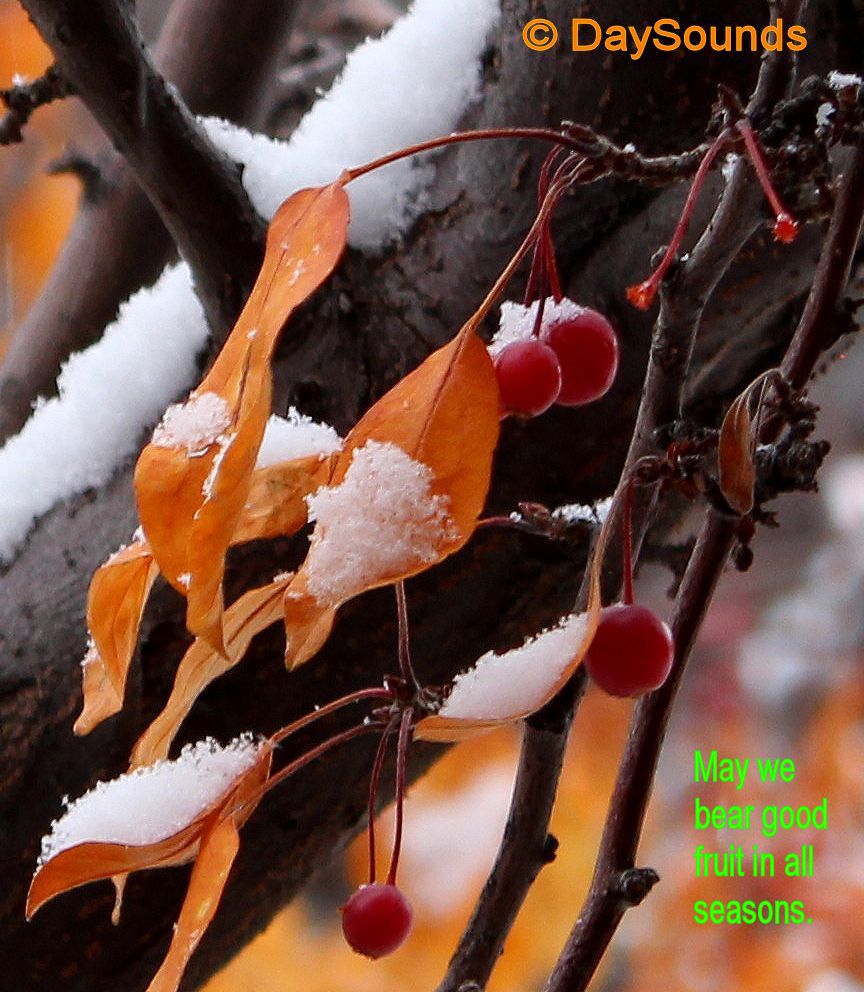by DaySounds © 2013-17

Picture: Tea Crabapple (Malus hupehensis)
Crabapple Tree
boiling first the parts you want to consume is highly desirable. If you can't get a
cooking fire going, everything from the tree can be eaten raw. Try not to use the
bark, cambium, or roots, though. The branches, twigs, leaves, and fruit will
provide what you need from the tree, and it will live a longer, healthier life.
A poultice made with the leaves and/or fruit could be used on superficial wounds
to help stop the bleeding. A tea made with the roots/bark/twigs/fruit can aid the
digestive system to function better.
Regarding its possible toxicity, it should be regarded as a regular apple tree.
Both contain traces of cyanide in their seeds, twigs, and leaves; however, one
has to consume large amounts to experience toxic effects. The seeds are the
parts of the tree that contain greater amounts of cyanide. If they are chewed,
they will release the cyanide; while, if they are swallowed whole, they will
traverse through the digestive tract, and eventually be excreted whole, without
any negative effect on the body.
©DaySounds
PO Box 2145
Estes Park, CO 80517
USA